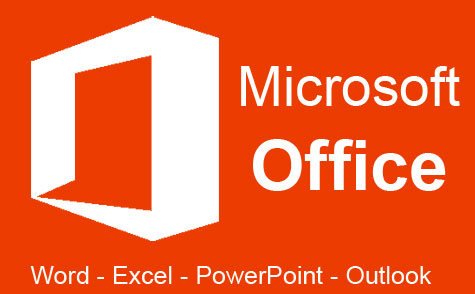Online Class: Introduction to SQL

-
16Lessons
-
18Exams &
Assignments -
17Hours
average time -
1.7CEUs
-
Video Audit
Available
Course Description
"Mastering SQL: From Novice to Expert"
In today's digital age, with data driving insights and decisions across industries, understanding the intricate dance of databases is paramount. Our in-depth course, "Mastering SQL: From Novice to Expert," provides a comprehensive journey into the heart of SQL, ensuring that even those without any prior SQL knowledge emerge as proficient database maestros by the end.
SQL: The Unseen Hero Behind Data
Structured Query Language (SQL) is the bedrock of modern databases. It's the primary tool that connects you with vast pools of data, ensuring you can store, retrieve, manipulate, and manage information effortlessly. Picture a sprawling library; if the books are data, then SQL is the skilled librarian guiding you to the exact information you seek.
Course Highlights:
-
Foundational Understanding: Begin with the basics as you delve into data structures, deciphering the intricacies of various SQL engines like Access, Oracle, and MySQL.
-
SQL Statements Unraveled: We demystify core SQL commands for you, from fetching data with SELECT, modifying it with UPDATE, adding it with INSERT, or removing it with DELETE.
-
Crafting & Designing Tables: Dive deep into the art and science of creating and designing tables – the fundamental blocks where your data resides.
-
Stored Procedures & Efficiency: Explore the power of stored procedures, reusable SQL scripts that enhance your efficiency, ensuring repetitive tasks don’t require continuous coding.
-
Advanced Concepts & Tools: Tackle advanced SQL tools and techniques. From leveraging cursors for traversing database records, harnessing transactions to ensure data remains pristine, to sculpting views for handling vast data panoramas – we’ve got it covered.
-
HD Video Demonstrations: Visual learners rejoice! Our high-definition video tutorials elucidate even the most complex concepts, ensuring clarity and comprehension.
Why "Mastering SQL: From Novice to Expert"?
Data is often called the "new oil." But raw data, like crude oil, isn't valuable by itself. It needs refining, understanding, and management. That's where SQL comes into play. As the linchpin of databases, SQL is a skill that's invaluable for anyone in the tech industry, be it database administrators, data analysts, or business owners seeking tailored insights.
By immersing yourself in our course, you’re not just learning a language; you're acquiring a toolkit that empowers you to harness data's potential, unlock insights, and pave the way for informed decisions.
Embark on this transformative journey, and evolve from an SQL novice to an adept database virtuoso, armed with the knowledge and confidence to navigate the vast seas of data with finesse and precision. Let the data revolution begin!
Course Lessons
Lesson 1: Introduction to SQL
This class assumes that you know nothing about the SQL language and gives you an introduction to the way databases work and how you can manage your data. This first lesson therefore begins this introduction.Lesson 2: Retrieving Data
Storing data is just one part of database functionality. You need to have the ability to retrieve your data, which you do using the SQL language.Lesson 3: Updating Data
After you know how to store your data, at some point you'll need to update or edit it. SQL uses the "UPDATE" statement to edit data in your tables.Lesson 4: Inserting Data
INSERT adds new records to your tables. You can add static values, values from a stored procedure, or even values from another table.Lesson 5: Deleting Data
Deleting is a sensitive task, because you remove data from your tables. Deleting data can cause a number of issues, so it should be used with caution.Lesson 6: Sorting and Filtering Data
SQL uses the ORDER BY statement to sort records. You can sort records in ascending or descending order, and you can sort records based on multiple columns.Lesson 7: Advanced Filtering
SQL gets complex when you have multiple business rules that run how you return record sets. As a coder, you gather business rules that then decide how to structure your SQL statements to ensure that returned results are accurate for reports and applicatioLesson 8: Summarizing Data
In most reporting requirements, you need to use aggregate functions. Aggregate functions are premade SQL functions that you can use instead of building your own code.Lesson 9: Grouping Data
The SQL language incorporates the GROUP BY operator to group data into sections or parts.Lesson 10: Using Subqueries
Subqueries let you return records from another table or database and use the subquery data set to then manipulate records in other parts of your database.Lesson 11: Joining Tables
With the JOIN statement, you can link one or several tables and consolidate SELECT queries into one returned data set.Lesson 12: Managing Tables
Design and management of your tables include creating, editing and deleting (dropping) tables.Lesson 13: Using Views
Views are preset data sets that you can use to query data you commonly query in your stored procedures or SQL statements.Lesson 14: Stored Procedures
Stored procedures are one or more SQL statements that perform some action on the database. The action can be anything from creating a table, deleting data or retrieving data from your tables.Lesson 15: Using Cursors
Cursors let you create loops in your stored procedures, so you can evaluate data record-by-record.Lesson 16: Using Transactions
Transactions are a solution for this phenomenon. Transaction statements let you roll back changes and avoid data integrity when one statement relies on a previous statement and the previous statement fails.
Learning Outcomes
- Demonstrate retrieving data.
- Demonstrate updating data.
- Demonstrate inserting data.
- Demonstrate deleting data.
- Demonstrate sorting and filtering data.
- Demonstrate summarizing data.
- Demonstrate grouping data.
- Demonstrate using sub-queries.
- Demonstrate joining tables.
- Demonstrate using views.
- Demonstrate using stored procedures, cursors, and transactions.
- Demonstrate mastery of lesson content at levels of 70% or higher.
Additional Course Information

- Document Your Lifelong Learning Achievements
- Earn an Official Certificate Documenting Course Hours and CEUs
- Verify Your Certificate with a Unique Serial Number Online
- View and Share Your Certificate Online or Download/Print as PDF
- Display Your Certificate on Your Resume and Promote Your Achievements Using Social Media

Student Testimonials
- "Professor responded in a timely fashion. Great!" -- Colleen B.
- "The tutorials were very good. It was easy to zero in to the section you wanted to study on." -- Stanley O.
- "I provide support for a software program that uses SQL Server as the backend database and this class answered so many questions I have had ! Many of our customers use select statements and stored procedures and I have never been able to understand how they are put together and how the syntax should be structured. The course started with an overview and then moved on one step at a time building on what I already knew at a pace I could keep up with." -- Elaine A.
Related Courses
-
 6 hours
0.6 CEUs
Computer Literacy Level 3 - Living and Working Online
+ More Info
6 hours
0.6 CEUs
Computer Literacy Level 3 - Living and Working Online
+ More Info
-
 5 hours
0.5 CEUs
Adobe Muse 101
+ More Info
5 hours
0.5 CEUs
Adobe Muse 101
+ More Info
-
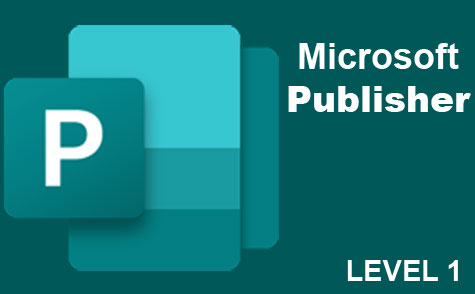 6 hours
0.6 CEUs
Microsoft Publisher Level 1
+ More Info
6 hours
0.6 CEUs
Microsoft Publisher Level 1
+ More Info
-
 5 hours
0.5 CEUs
SalesForce 101
+ More Info
5 hours
0.5 CEUs
SalesForce 101
+ More Info
-
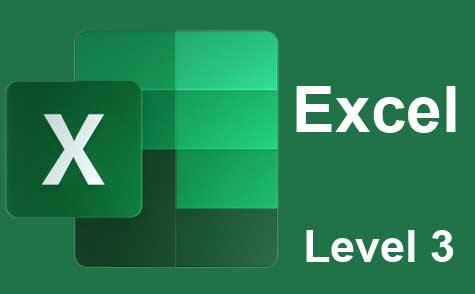 7 hours
0.7 CEUs
Microsoft Excel Level 3
+ More Info
7 hours
0.7 CEUs
Microsoft Excel Level 3
+ More Info
-
 6 hours
0.6 CEUs
Adobe Captivate
+ More Info
6 hours
0.6 CEUs
Adobe Captivate
+ More Info
-
 5 hours
0.5 CEUs
Developing Great Social Skills
+ More Info
5 hours
0.5 CEUs
Developing Great Social Skills
+ More Info
-
 12 hours
1.2 CEUs
Adobe Photoshop
+ More Info
12 hours
1.2 CEUs
Adobe Photoshop
+ More Info
-
 7 hours
0.7 CEUs
Microsoft Visio Level 1
+ More Info
7 hours
0.7 CEUs
Microsoft Visio Level 1
+ More Info
-
 6 hours
0.6 CEUs
Cybersecurity 101
+ More Info
6 hours
0.6 CEUs
Cybersecurity 101
+ More Info
-
 13 hours
1.3 CEUs
Adobe Illustrator 101
+ More Info
13 hours
1.3 CEUs
Adobe Illustrator 101
+ More Info
-
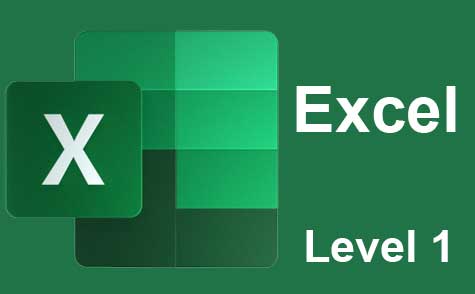 12 hours
1.2 CEUs
Microsoft Excel Level 1
+ More Info
12 hours
1.2 CEUs
Microsoft Excel Level 1
+ More Info
-
 7 hours
0.7 CEUs
Personal Communication Skills Level 4
+ More Info
7 hours
0.7 CEUs
Personal Communication Skills Level 4
+ More Info
-
 7 hours
0.7 CEUs
Google Sheets
+ More Info
7 hours
0.7 CEUs
Google Sheets
+ More Info
-
 4 hours
0.4 CEUs
Slack
+ More Info
4 hours
0.4 CEUs
Slack
+ More Info
-
 8 hours
0.8 CEUs
Adobe Lightroom 101
+ More Info
8 hours
0.8 CEUs
Adobe Lightroom 101
+ More Info
-
 6 hours
0.6 CEUs
Computer Literacy Level 2 - Internet Basics
+ More Info
6 hours
0.6 CEUs
Computer Literacy Level 2 - Internet Basics
+ More Info
-
 7 hours
0.7 CEUs
Google Slides
+ More Info
7 hours
0.7 CEUs
Google Slides
+ More Info
-
 8 hours
0.8 CEUs
Adobe Premiere 101
+ More Info
8 hours
0.8 CEUs
Adobe Premiere 101
+ More Info
-
 6 hours
0.6 CEUs
Google Docs
+ More Info
6 hours
0.6 CEUs
Google Docs
+ More Info
-
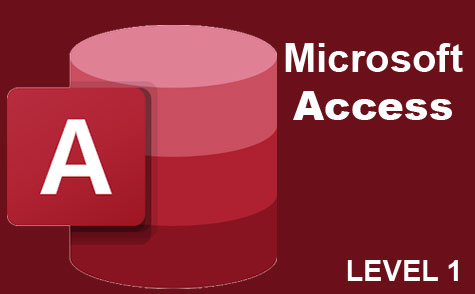 8 hours
0.8 CEUs
Microsoft Access Level 1
+ More Info
8 hours
0.8 CEUs
Microsoft Access Level 1
+ More Info
-
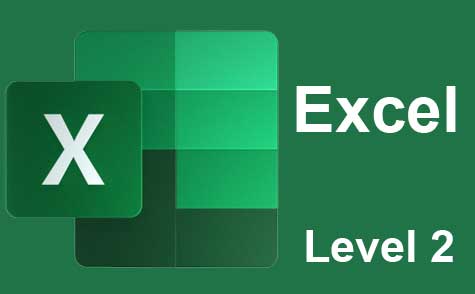 7 hours
0.7 CEUs
Microsoft Excel Level 2
+ More Info
7 hours
0.7 CEUs
Microsoft Excel Level 2
+ More Info
-
 7 hours
0.7 CEUs
Introduction to Logic
+ More Info
7 hours
0.7 CEUs
Introduction to Logic
+ More Info
-
 12 hours
1.2 CEUs
Adobe After Effects
+ More Info
12 hours
1.2 CEUs
Adobe After Effects
+ More Info
-
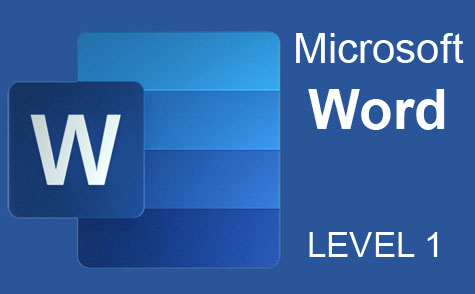 7 hours
0.7 CEUs
Microsoft Word Level 1
+ More Info
7 hours
0.7 CEUs
Microsoft Word Level 1
+ More Info
-
 7 hours
0.7 CEUs
Final Cut Pro X
+ More Info
7 hours
0.7 CEUs
Final Cut Pro X
+ More Info
-
 8 hours
0.8 CEUs
MySQL
+ More Info
8 hours
0.8 CEUs
MySQL
+ More Info
-
 17 hours
1.7 CEUs
Introduction to SQL
+ More Info
17 hours
1.7 CEUs
Introduction to SQL
+ More Info
-
 7 hours
0.7 CEUs
Computer Literacy Level 1 - Computer Basics
+ More Info
7 hours
0.7 CEUs
Computer Literacy Level 1 - Computer Basics
+ More Info
-
 8 hours
0.8 CEUs
Adobe InDesign 101
+ More Info
8 hours
0.8 CEUs
Adobe InDesign 101
+ More Info



